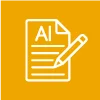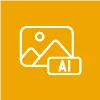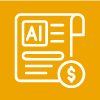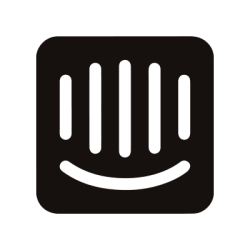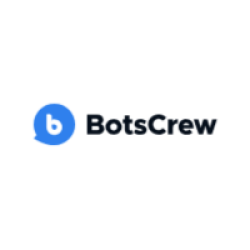Comprehensive Guide to Using Chatbot Software
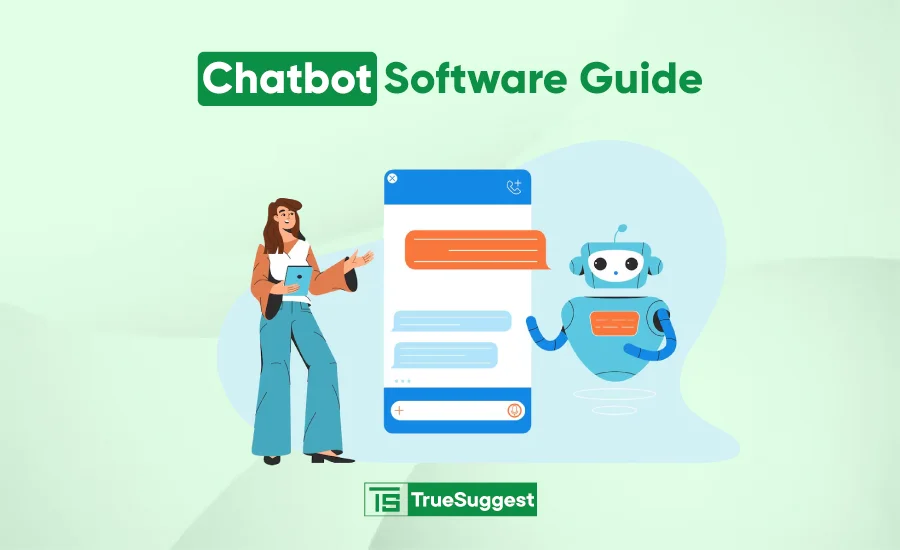
Chatbots are revolutionizing the way businesses communicate with their customers. With the rapid growth of artificial intelligence (AI), chatbot software has become a crucial tool for streamlining customer service, improving user experience, and boosting business efficiency. Whether you're a small business or a large enterprise, understanding how to use chatbot software can provide you with a significant edge.
In this guide, we'll explore everything you need to know about using chatbot software, making it simple and SEO-friendly, so you can easily implement and maximize its potential for your business.
What is Chatbot Software?
Chatbot software is a computer program designed to simulate conversation with human users. These bots use AI and machine learning algorithms to understand and respond to user queries. They can handle a wide variety of tasks, such as answering frequently asked questions, booking appointments, processing orders, and even troubleshooting issues.
Chatbots can operate on multiple platforms, including websites, social media, and messaging apps like WhatsApp, Facebook Messenger, and Slack.
Why Your Business Needs Chatbot Software
Implementing chatbot software can transform the way you engage with customers and manage your business operations. Here are some key benefits:
- 24/7 Availability: Chatbots provide round-the-clock customer service, ensuring that your business is always accessible.
- Cost-Effective: Reduces the need for additional customer service agents, saving your business money.
- Increased Efficiency: Automates repetitive tasks, allowing human agents to focus on more complex issues.
- Improved Customer Experience: Provides instant responses, reducing wait times and enhancing customer satisfaction.
- Data Collection and Insights: Gathers data from user interactions to help you better understand customer needs and improve your services.
Key Features of Chatbot Software
To make the most of chatbot software, it’s important to familiarize yourself with its key features:
1. Natural Language Processing (NLP)
NLP enables the chatbot to understand and interpret human language, allowing it to respond naturally to user queries. The more advanced the NLP, the better the chatbot will be at handling complex conversations.
2. Multi-Platform Integration
Chatbot software can integrate with different platforms, such as websites, social media channels, and messaging apps. This allows businesses to interact with customers wherever they are.
3. Customizable Templates
Most chatbot software comes with customizable templates, enabling businesses to create chat flows tailored to specific needs without any coding knowledge.
4. Analytics and Reporting
Many chatbots offer built-in analytics to track user interactions and performance. These insights help in refining your chatbot and improving customer engagement.
5. AI Learning Capabilities
Some advanced chatbot software is equipped with machine learning, which allows the bot to learn from past interactions and improve its performance over time.
Step-by-Step Guide to Using Chatbot Software
Now, let's walk through the process of setting up and using chatbot software effectively.
Step 1: Define Your Goals
Before you start setting up a chatbot, it's crucial to clearly define its purpose. Consider the following questions:
- What tasks will the chatbot handle?
- Which platform(s) will the chatbot be available on?
- How do you want the chatbot to interact with users?
Common goals for chatbots include answering FAQs, processing orders, booking appointments, and offering technical support.
Step 2: Choose the Right Chatbot Software
There are many chatbot platforms available, so it's essential to choose the right one for your business. Some popular chatbot software solutions include:
- Dialogflow (Google)
- Microsoft Bot Framework
- ManyChat
- Tars
- WhatsApp Chatbot Software
When choosing, consider factors such as integration capabilities, ease of use, AI sophistication, and cost.
Step 3: Design the Chat Flow
Once you have your chatbot software, start designing the chat flow. Think of this as the script your chatbot will follow when interacting with users.
- Create Scenarios: Outline potential user journeys. For example, if a customer wants to book an appointment, guide the bot through that process.
- Use Short Sentences: Keep responses short and clear to avoid confusion.
- Provide Multiple Choices: Guide users with options like “1. Book an Appointment,” “2. Speak to Support,” etc.
Step 4: Train Your Chatbot
If your chatbot software supports machine learning, you’ll need to train the bot. This process involves:
- Providing Example Queries: Offer the bot various ways a customer might ask a question. For instance, “How do I reset my password?” could be phrased in multiple ways, and the chatbot should understand all variations.
- Testing the Bot: Run tests by engaging with the bot to ensure it responds correctly.
Step 5: Integrate the Chatbot with Your Platform
The next step is to integrate the chatbot with your desired platform(s). For instance, if you are setting up a chatbot on your website, follow these steps:
- Get the Bot’s Code: Most chatbot software will provide a code snippet.
- Embed the Code: Place the code within your website’s HTML. This will enable the chatbot to appear and interact with users.
- Test the Integration: After embedding, test to make sure it functions smoothly.
For messaging platforms like WhatsApp, the software will provide simple integration options that don’t require much technical know-how.
Step 6: Monitor and Optimize
After the chatbot is live, monitor its performance and make necessary optimizations:
- Analyze Reports: Use the chatbot’s built-in analytics tools to track user interactions, popular queries, and bot efficiency.
- Improve Responses: Based on the collected data, tweak the chatbot’s responses or add new functionalities.
- Update Frequently: As your business grows, your chatbot should evolve too. Regularly update its knowledge base and capabilities to keep up with user expectations.
Best Practices for Chatbot Success
Implementing chatbot software effectively requires more than just setting it up. Follow these best practices to ensure your chatbot becomes a valuable asset to your business:
1. Keep the Conversation Natural
Your chatbot should communicate in a conversational tone, avoiding overly technical or robotic language. This helps in building rapport with users.
2. Provide Clear Instructions
When guiding users through tasks, be clear and concise. Avoid overwhelming them with too many options at once.
3. Test Frequently
Ensure your chatbot is working as expected by frequently testing its capabilities. Test it from the user’s perspective and make adjustments based on feedback.
4. Human Handoff
Ensure that the chatbot can seamlessly transition to a human agent when necessary. Not every issue can be resolved by a bot, so having a smooth handover process improves user experience.
5. Continuously Update
Keep the chatbot updated with new information, FAQs, and business changes. This ensures the bot remains helpful and relevant.
Common Chatbot Software Use Cases
Chatbot software can be used in various industries. Some popular use cases include:
- E-commerce: Chatbots can handle customer inquiries, process orders, and track shipments.
- Healthcare: Automating appointment booking, providing information on symptoms, and sending reminders for medication.
- Hospitality: Hotel chatbot software can help with booking rooms, answering questions about amenities, and handling customer service.
- Education: Answer student inquiries, manage enrollment processes, and provide study material suggestions.
Conclusion
Chatbot software is a powerful tool for improving customer engagement, automating tasks, and driving business efficiency. By following the steps outlined in this guide, you can easily set up and optimize a chatbot for your business needs. Remember, the key to chatbot success is continuous monitoring, updates, and ensuring a smooth user experience.
With the right chatbot software, your business can provide fast, efficient, and personalized customer service, ultimately leading to improved satisfaction and growth.
















